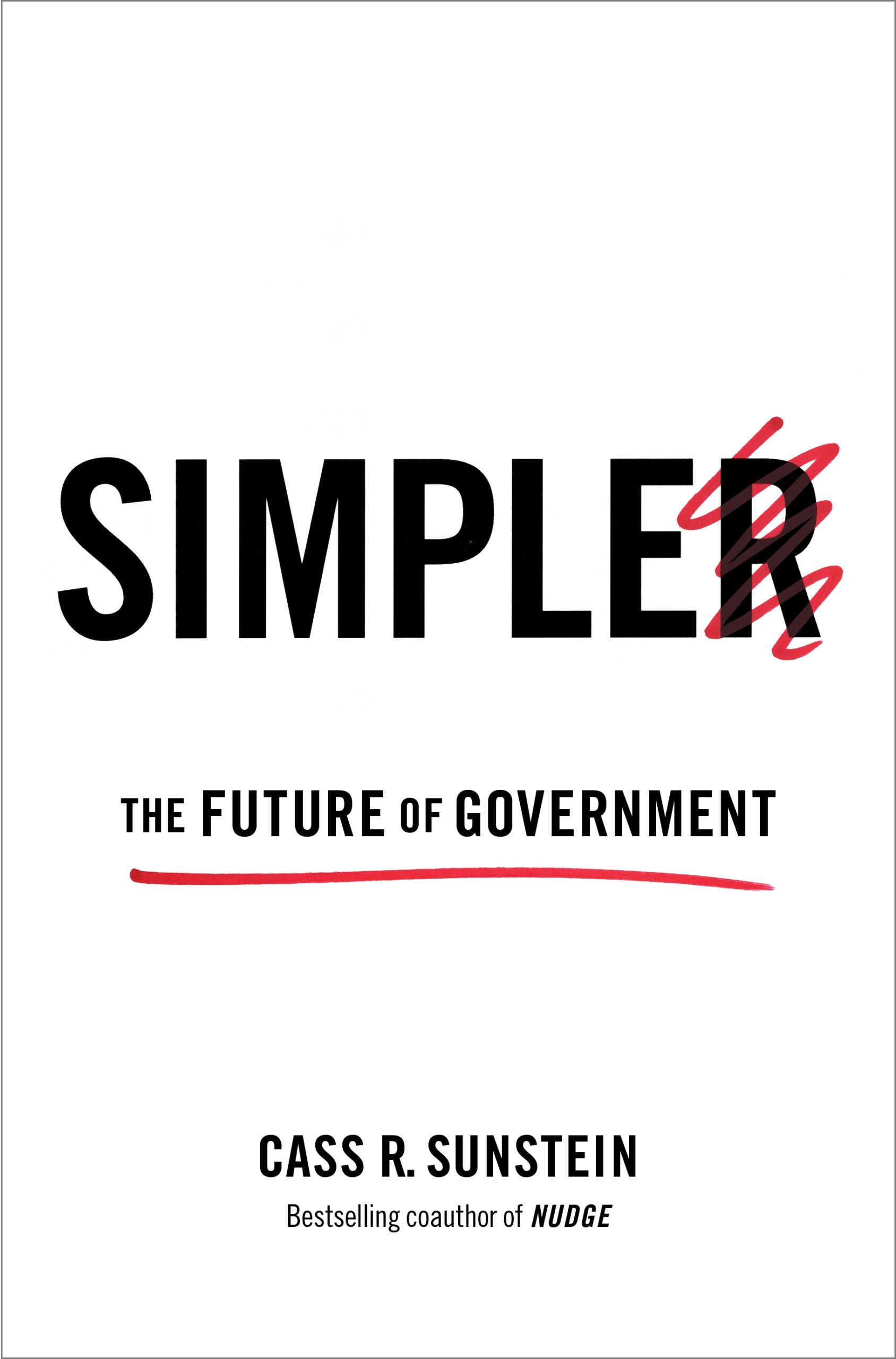
His examples seem less glorious than advertised. For instance, Sunstein discusses the ban of Primatene Mist in 2011. It was “the only over-the-counter asthma medicine,” but its propellant was a CFC banned under the Montreal Protocol. When the prospective ban was announced in 2008, it was presumed that a substitute propellant would be available by 2011. None was forthcoming, so the decision was whether to prolong the exception to the ban or ban the product.
Sunstein explains that regulators had to wrestle with the tradeoff of environmental damage from the CFC emitted by Primatene Mist users against the health benefits to those who used the product. It was the only over-the-counter product and was much cheaper than alternative prescription drugs. Since some people do not have regular health care, this made access to alternatives even more difficult and costly. The FDA wrestled with the costs and benefits. It knew that banning the product would result in more hospitalizations and could result in significant costs. Nevertheless, the agency decided not to extend the life of the product because “asthma sufferers would do better to find doctors and to use the prescription medicine that really was right for them.”
How this differs from old-style, non-simple regulation is not clear, but Sunstein asserts that being more scientific about cost-benefit (C-B) analysis is “a little like a plea for sense rather than nonsense.” More sophisticated C-B analysis allows OIRA and other cost-benefit practitioners to consider subtle information about costs and benefits that could not be known previously.
In Executive Order 13563, Improving Regulation and Regulatory Review, President Obama instructed agencies to take into account nearly every imaginable value when doing C-B analysis. Agencies are to include “values that are difficult or impossible to quantify, including equity, human dignity, fairness, and distributive impacts.”

He gives examples of a ban on discrimination on the basis of sexual orientation and of easier bathroom access for employees in wheelchairs. Would such rules be based on fairness, human dignity, or equity? Sunstein says the former is an example of fairness and the latter is an example of dignity. Flip the order; does it change the value of either? Philosophers may have thoughts about such matters, and such rules may strike us generally as the right thing to do, but that does not mean they have a logical part in a nuts-and-bolts C-B analysis based on market values.
When real prices do not exist, government C-B practitioners now make up prices. Most noteworthy is the “price” of CO2. No price for it exists, so in 2011 a panel of experts declared that it has a price. That provides the primary justification for the blizzard of recent regulations aimed at the use of coal and demanding ever tighter energy use standards for a wide range of products.
Making up prices and declaring values for dignity as part of C-B analysis cannot be justified as good economics. Economists are not that smart. They cannot predict stock prices tomorrow, let alone estimate the theoretical value of the loss of an endangered bug or plant. Taking C-B analysis to the level endorsed by Sunstein and increasingly employed by the Obama administration is central planning in new, more-scientific appearing clothes.
Some prominent economists hail Sunstein’s declarations. That is natural. There is personal, intellectual, and financial self-interest for members of a profession to be more highly valued and made part of the process for guiding our society. We should be more modest.



